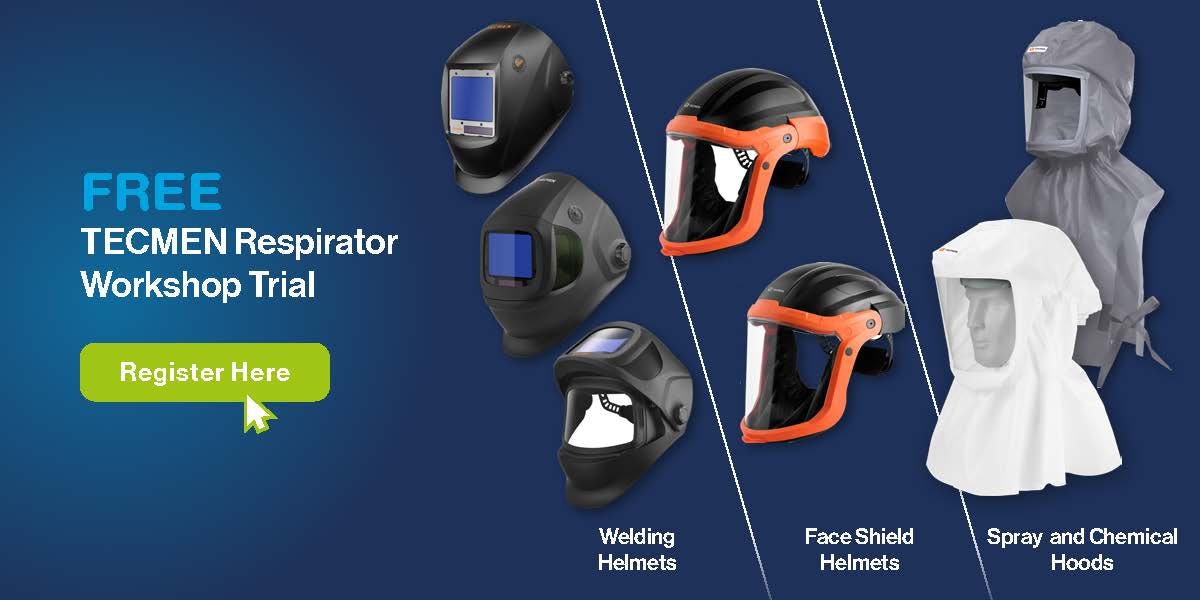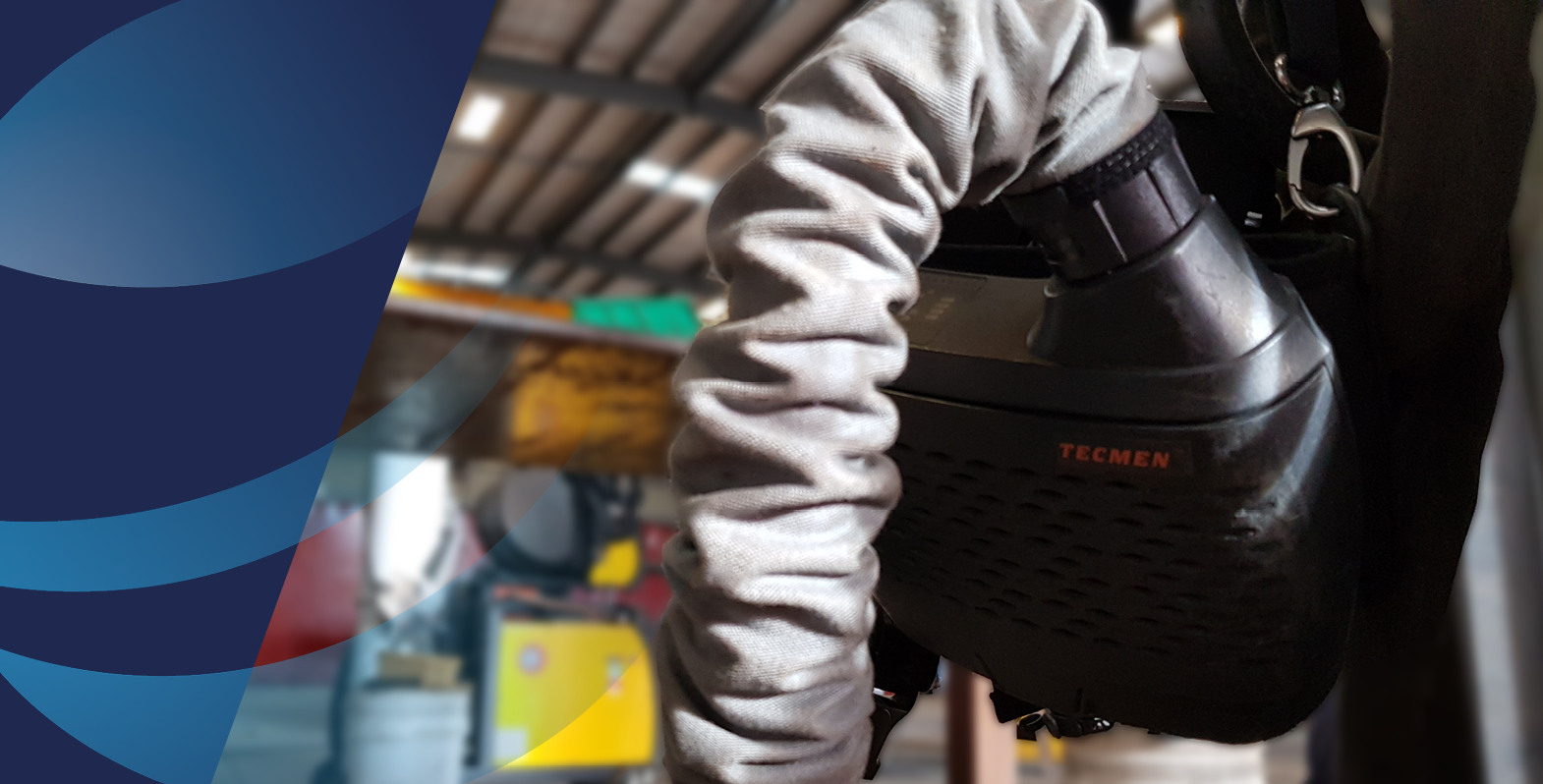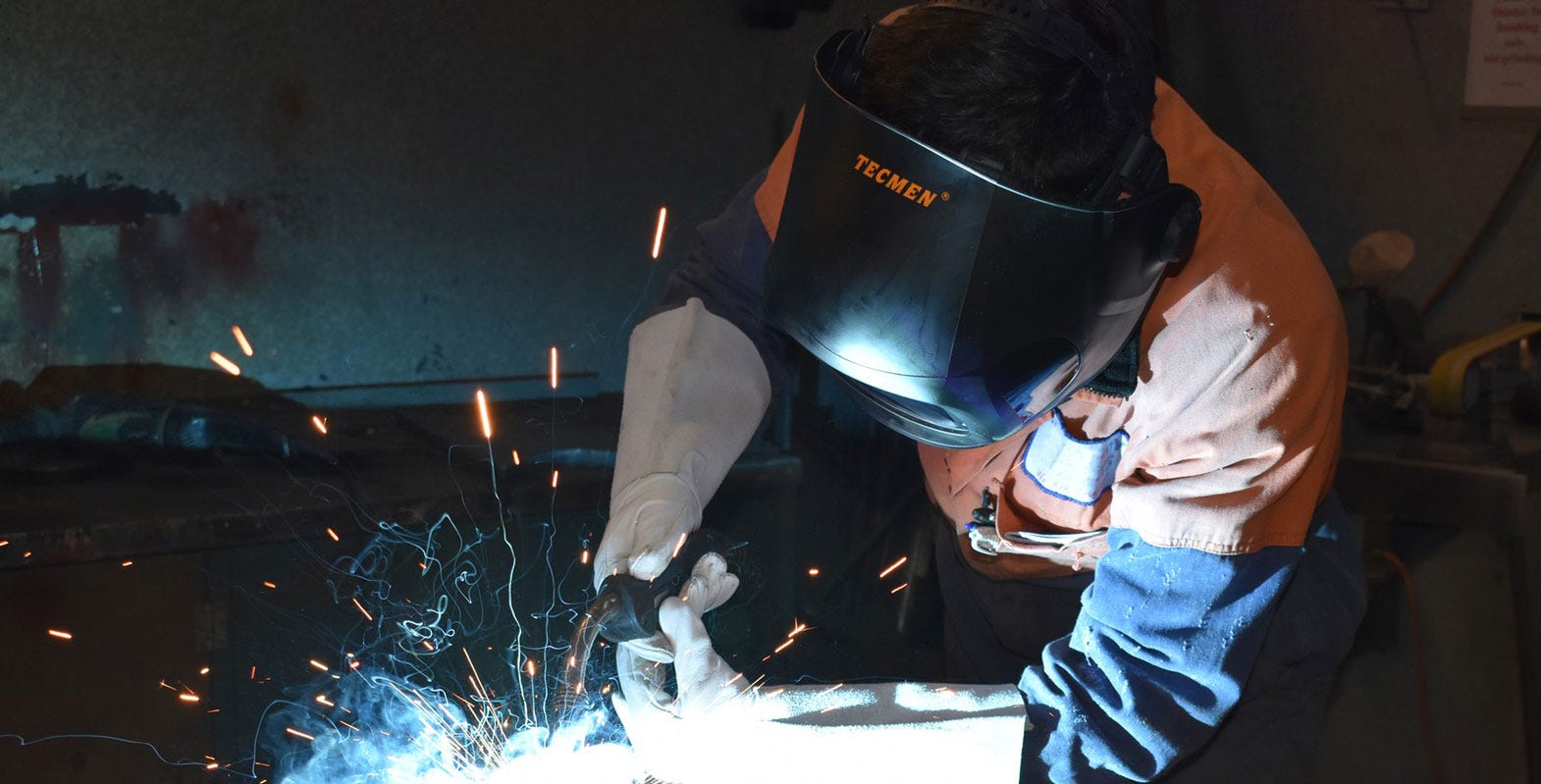How to Check a Powered Air Respirator Before Each Use
Like any piece of protective equipment, your powered air respirator (PAPR) should be tested before each use to ensure it’s working correctly. After all, the last thing you want is to discover an issue when you’re already surrounded by hazardous welding fumes. Here’s a quick guide to self-checking your PAPR:
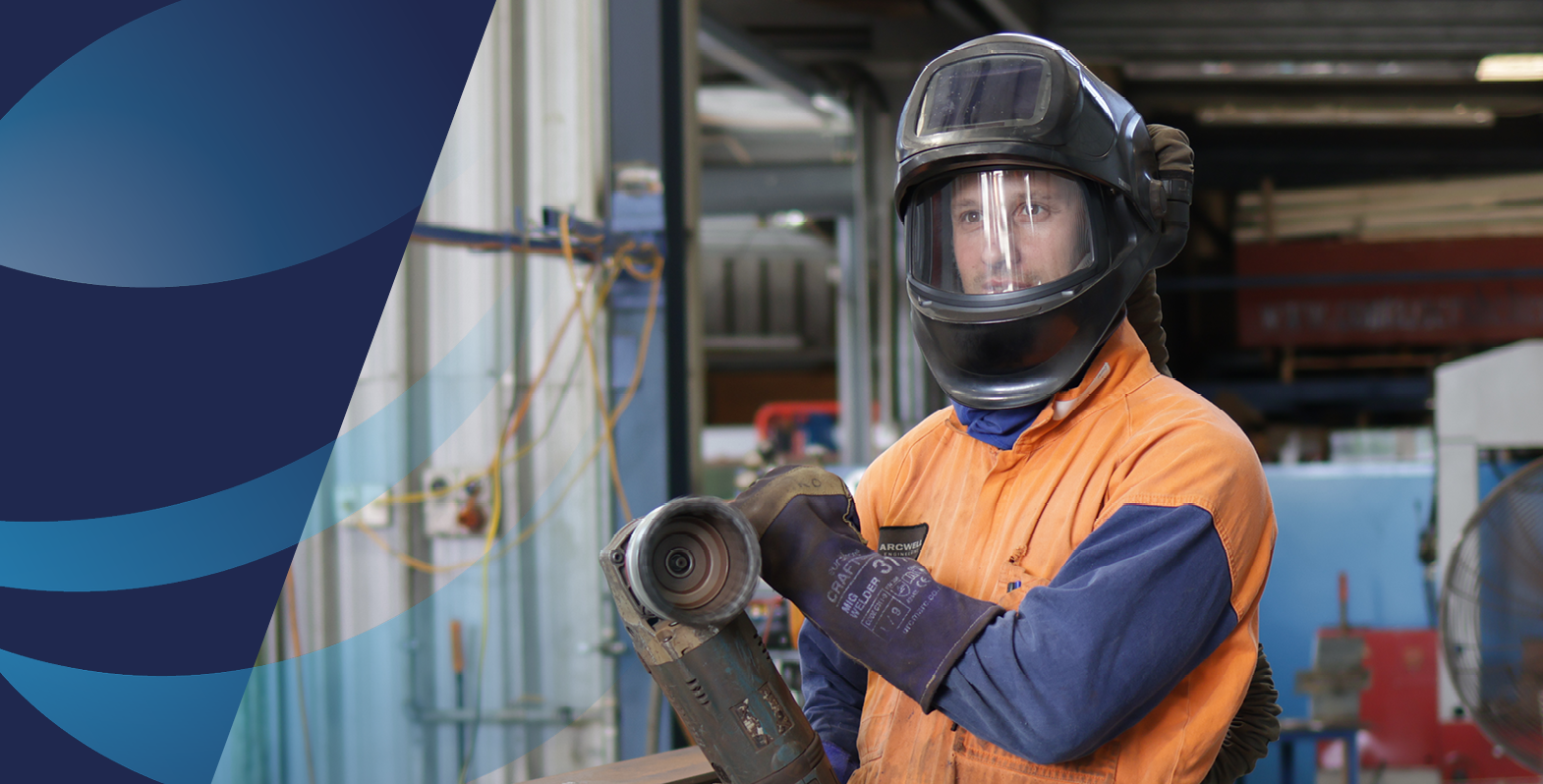
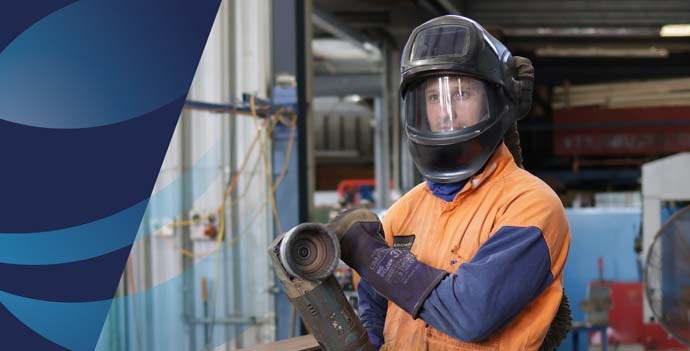
1. Blower Assembly
- Ensure the spark screen, pre-filter, and particulate filter are properly installed and securely attached.
2. Breathing Tube
-
Check the breathing tube for any damage.
-
Verify that the connector is locked securely to the blower unit and helmet.
3. Battery
-
Confirm that the connection to the blower unit is secure.
-
Ensure the battery is fully charged and ready for use.
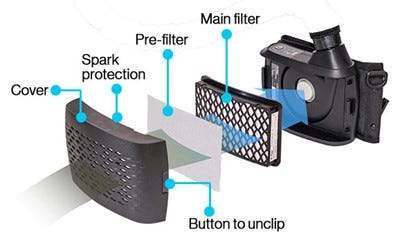

4. Face Seal
-
Inspect the face seal for any damage, such as tears or wear.
-
Replace the face seal if necessary.
-
Verify that air is being properly supplied to the helmet.
5. Alarm Sound Check
-
After turning on the unit, block the air outlet. The following should occur within 15-30 seconds:
-
The warning signal on the control panel should flash.
-
An audible alarm should sound.
-
The blower unit should vibrate.
-
If these warning functions activate as described, the unit is functioning correctly.
6. Airflow Rate Test
-
Fully assemble all components before starting this test.
-
Attach the end of the breathing tube to the bottom of the airflow indicator.
-
Turn on the blower unit and keep the flow indicator vertical.
-
Observe the ball in the pipe:
-
If it floats above the limited line in low-speed mode, the unit is working correctly.
-
If the ball fails to reach the limited line, refer to the Troubleshooting Guide here.
-
Note: Ensure the filter is equipped and the battery is fully charged before performing this test.
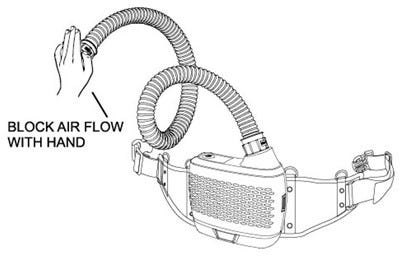

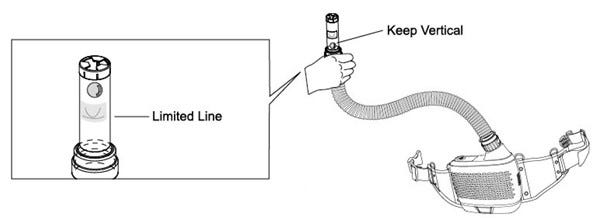

When to Take Action
If any of the following conditions occur, exit the contaminated area immediately. Only remove the respirator after leaving the hazardous environment:
-
Issues with any part of the unit, such as air supply stopping or decreasing.
-
Difficulty breathing, dizziness, headaches, or detecting the smell or taste of contaminants.
-
Suspicions that contamination levels in the workshop are too high for the respirator to handle safely.
Reminder: Never use your respirator in a workshop with contamination levels exceeding its protective capacity.
By conducting these checks, you can ensure your powered air respirator is always ready to keep you safe. Regular maintenance and vigilance go a long way in protecting your health and ensuring workplace safety.
 Need assistance?
Need assistance?
